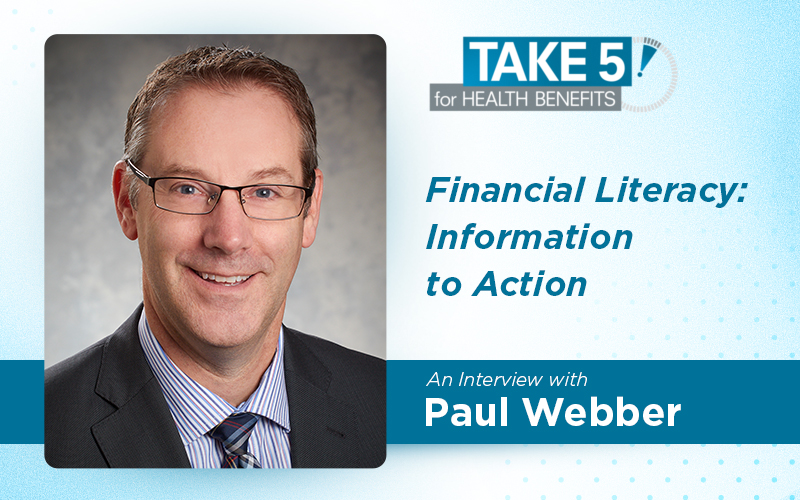Personal finances were the number one source of stress among plan members who responded to the 2021 Benefits Canada Healthcare Survey – and the cost to employers is high. A 2020 survey by the Canadian Payroll Association estimated that the time employees spend worrying about personal finances at work costs Canadian businesses $20.3 billion in lost productivity.
The solution, says Paul Webber, savings and retirement plan leader at Green Benefits Group Inc., is not to bombard plan members with facts about finances. It’s to show them how to use the information in practical, relevant ways. Taking financial literacy to that next level can both relieve stress and boost productivity at work.
To raise their game in financial literacy, Webber recommends that plan sponsors develop a forward-looking communications strategy that delivers content in a variety of ways, for example using live webinars, newsletter articles and pre-recorded videos. All materials could be housed permanently on a corporate intranet so plan members know where to find information when it becomes relevant to them.
“That’s where the consulting community can come into play, by helping put together a thoughtful strategy so it’s not just one-and-done,” Webber says.
Next, apply a fresh approach to the content itself. “The general information is there, and it’s been there for years, but it’s not enough to move the needle,” Webber explains. “Anybody can put together standalone content on a mortgage or saving for retirement. The rocket science is how do you execute on it? How do you get it in front of people in a way that it’s actually useful to them?”
In other words, while a webinar about how mortgages work may be informative, it becomes actionable when the content focuses on answering questions that are keeping employees up at night, such as what to do if your mortgage is coming up for renewal in the next six months, or what to do about rising interest rates.
Similarly, instead of simply explaining TFSAs and all their features, bring the offering to life with wording such as: “We’ve got a plan now where you can help put some money aside so that, if your roof leaks and you need a new roof next year, you don’t have to dip into your RRSP.”
Webber emphasizes that, to make content real and relatable, “we need to frame our topics using the language that they are comfortable with, not what we in the industry use.”
The confidence to move forward
Engaging plan members through more meaningful education is just the first step. The other crucial piece is to equip them with the right questions and information to pass on to the professionals, who can then take appropriate action.
“We want to prepare plan members for when they talk to that mortgage agent, the bank, the investment advisor or the estate lawyer, so they can have a much more powerful conversation. That alleviates some of their stress,” he says.
In the end, plan members who know how to apply their financial knowledge are in the best position to feel confident about their financial future – and having that confidence means they don’t have to spend time worrying about personal finances at work.

This article is part of Benefits Alliance’s Take 5 for Health Benefits Initiative. Take 5 provides a deeper look at employee health benefits, drawing from the experiences of plan sponsors, subject matter experts and the latest research. The Take 5 newsletter is delivered quarterly to plan sponsors across Canada.
